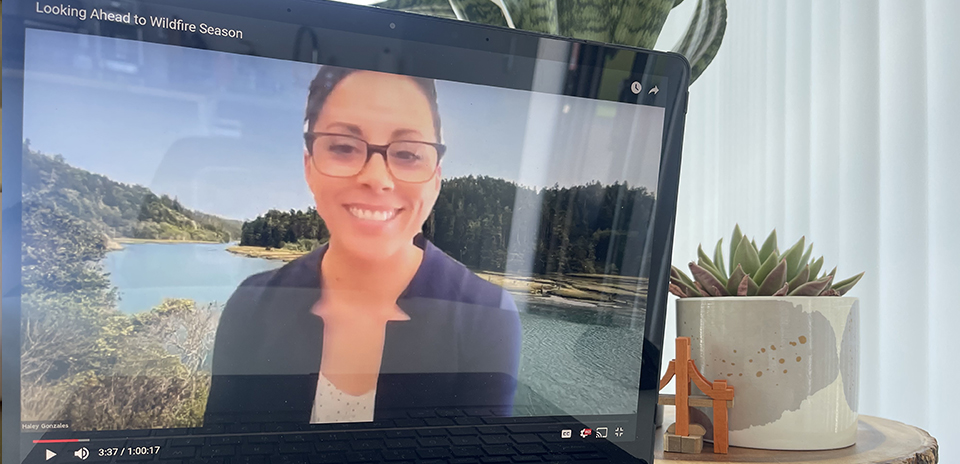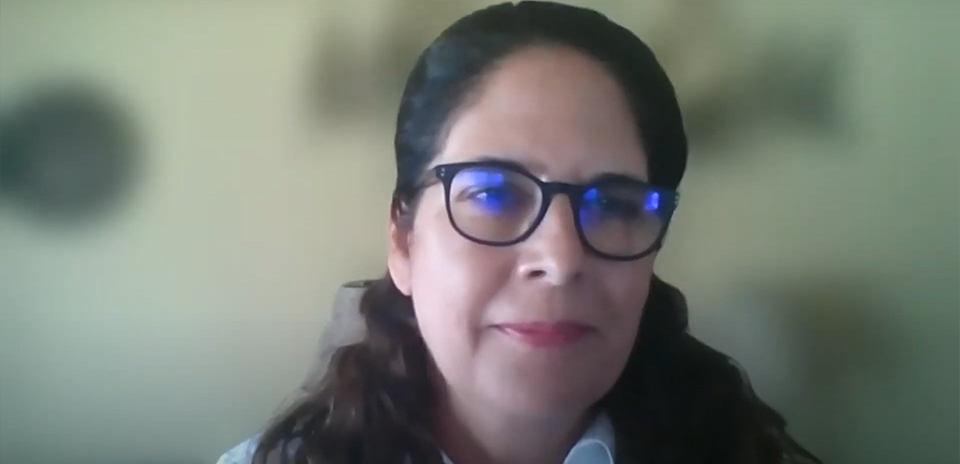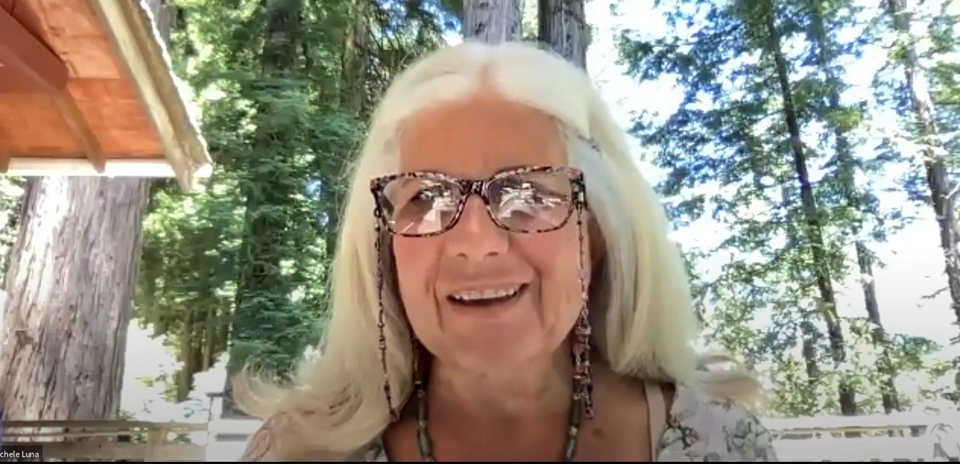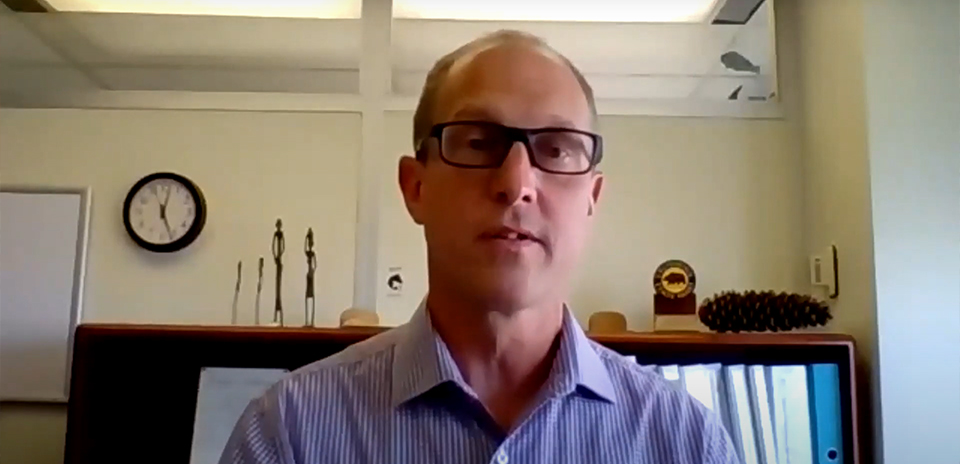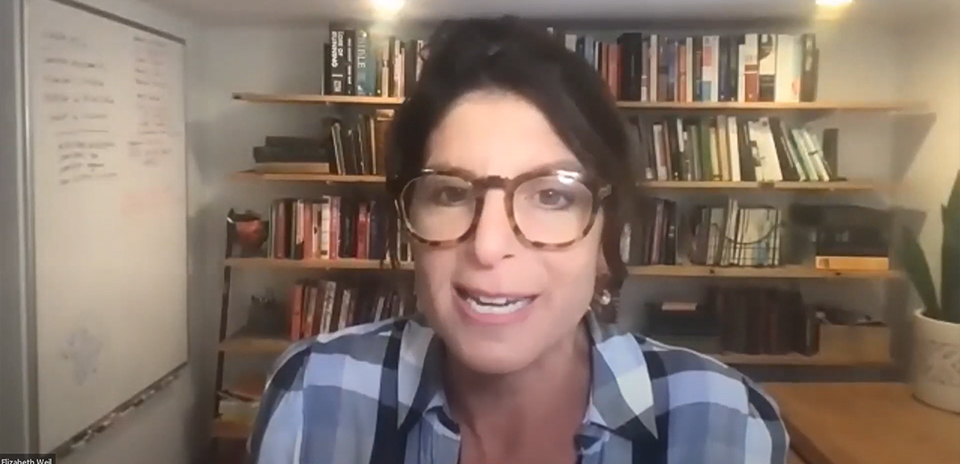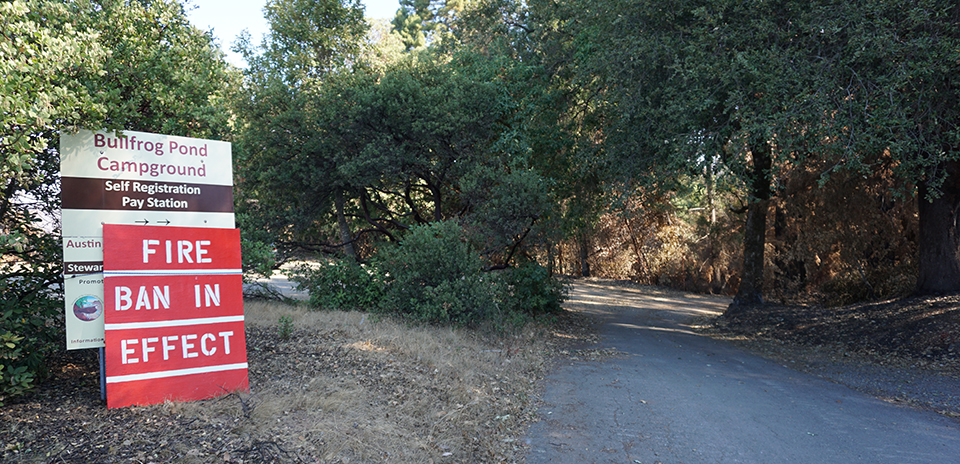Californians have now come to expect wildfires every summer, making sure they have packed “go bags”, prepared for public safety power shutoffs, and stocked up on protective masks to guard against unhealthy air quality. It’s the new normal none of us wanted to confront: a warmer, drier climate, plus fuel buildup in forests and open spaces due to decades of fire suppression, equals bigger, deadlier and more frequent fires.
In 2020, the California state parks impacted by wildfires needed immediate aid, so California State Parks Foundation raised money for the Wildfire Resiliency and Prevention Fund. The response from donors was incredible, and speaks to how cherished these places are. We are especially grateful to Edison International, who made a $100,000 matching gift to this fund and enabled us to expand our reach significantly.
Kicking off the webinar, Haley Gonzales, Partnerships Program Manager at California State Parks Foundation spoke about the specifics of Phase 1 and Phase 2 of Wildfire Resiliency and Prevention Fund. Through Phase 1 immediate relief was given to state parks like Big Basin Redwoods State Park, which lost a significant amount of the park and structures. Phase 2 was an open grant round focusing on assessment, restoration, preparedness, and education. To learn more about California State Parks Foundation’s Wildfire Resiliency and Prevention Grant Round, you can read our blog post.
Lisa Gonzales-Kramer, Environmental Scientist at Cuyamaca Rancho State Park then kicked off the panelist session by speaking about the impact of the 2020 fires. 4.2 million acres were burned by wildfires statewide, 115,000 acres burned across 22 parks. She spoke about the indigenous peoples that managed the lands where Cuyamaca Rancho State Park is now, clearing fuels and doing more frequent burning, producing a lower density of trees and allowing fire dependent species to regenerate.
In 2003, the Cedar Fire burned at high intensity over thousands of acres at Cuyamaca Rancho State Parkand resulted in the loss of forest. A forest restoration project to re-establish native conifer trees consisted of planting 2,530 acres of former forest lands in a mosaic of patches that will become centers for seed dispersal, and are expected to restore the larger conifer forest.
Michele Luna, Executive Director at Stewards of the Coast and Redwoods then spoke about the devastating damage at Austin Creek State Recreation Area and Armstrong Redwoods State Natural Reserve after the fires. The LNU Lightning Complex Fires burned low and slow in the grove of Armstrong Redwoods State Natural Reserve, similar to a prescribed burn. Due to the slower nature of this fire, firefighters were able to save all the structures of the park. Once it was deemed safe, many volunteers were able to come in and help with processing logs into firewood to sell at parks.
Jay Chamberlin, Chief of Natural Resources at California State Parks next spoke about the history of wildfires creating the landscape in California and how we are now moving from a paradigm of fighting fire to embracing wildfire resilience. He mentioned California’s Wildfire and Forest Resilience Action Plan, a document that represents the whole apparatus of state government. He says that is isn’t just a government function, but “every community has a role to play in understanding the range of options available to them, and learning more about what they can do at the community level, and also the individual level, to prepare for a future which we know will have more fire.”
Elizabeth Weil, Climate reporter from ProPublica spoke about the narrative of wildfire shifting. From her experience working in media and reporting on the fire, she has foundusing the word “destroyed” and certain images when some of the fires are actually good and fire scientists felt some of the recent fires were positive. She noticed that this year the general public has stopped pretending that wildfires are anomalous, and is already thinking about what the 2021 wildfires will be like.
Finally, the webinar moved to the whole panel discussing looking ahead to fire season 2021, and how to prepare for another potentially destructive fire. There were very good ideas from Michele and Lisa from the individual park perspective from past experience and new strategies to implement. Jay spoke about climate change and the legacy of fire management that has led to more destructive fires. Elizabeth talked again about the attitudes of Californians on whether they think fire has a role in the ecosystem. Lastly, questions from the attendees were addressed and discussed by the panel.
To view the entire panel discussion and webinar in its entirety, you can watch the Looking Ahead to Wildfire Season webinar now.
